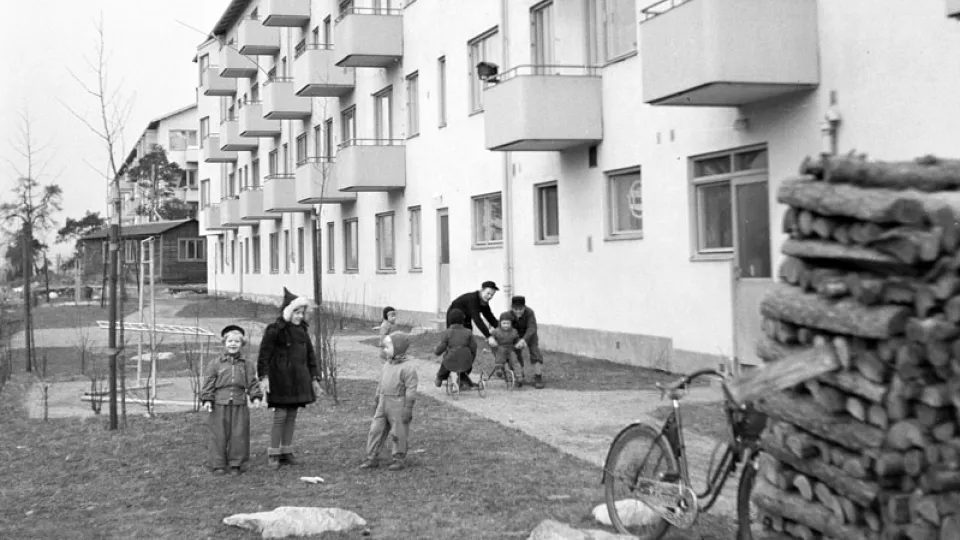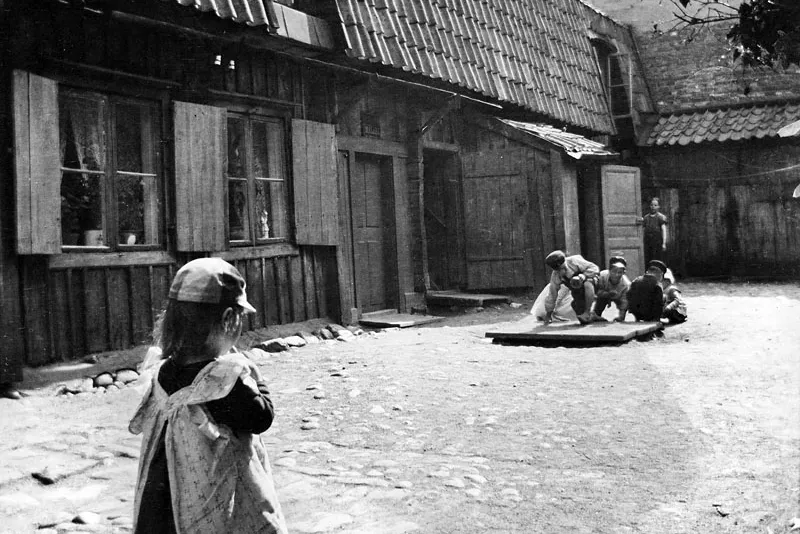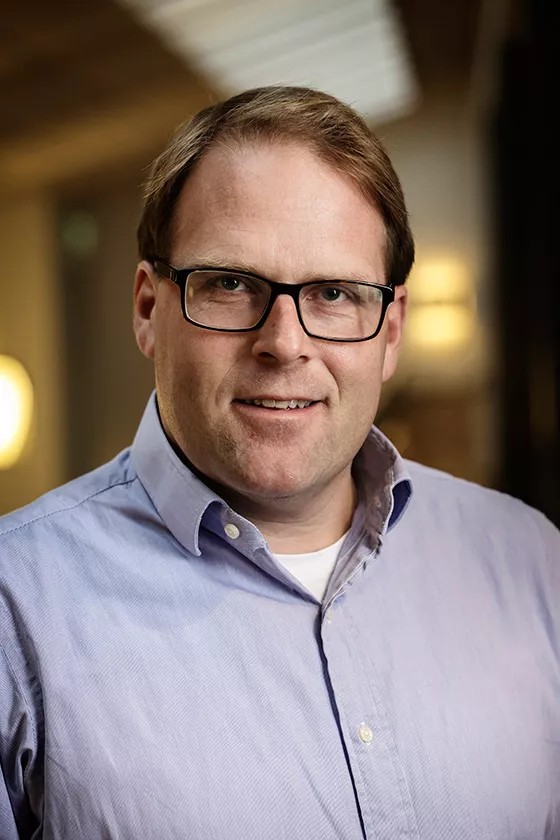We spoke about the new project with project leader Martin Dribe, director of the Centre for Economic Demography and professor in Economic History at Lund University School of Economics and Management (LUSEM).
The project consists of three parts
- Neighborhoods across the lifecycle from childhood to adulthood.
- Education and socioeconomic segregation from two perspectives: The choice of one’s education and how education can impact socioeconomic segregation.
- How segregation can be broken, partly through commuting and partly by allowing families to move from one place to another.
“We will examine socioeconomic segregation throughout people's entire lifecycle. This involves not only disadvantaged areas, and direct effects, but looks at the development over the entire lifespan. How much education does one have, what is their income, and so on,” says Martin Dribe.
He continues:
“When talking about socioeconomic segregation today, the focus is almost exclusively on immigration, but keep in mind that we had socioeconomic segregation in Sweden long before we had immigrants in today's sense of the word. Think of the working class and the upper class, for example. That's what we want to focus on and use a historical and long-term perspective.”
Economic outcomes
The project's goal is to build a research environment to study how socioeconomic segregation shapes individuals' opportunities over the lifecycle and how the negative effects of segregation can be counteracted. Can you tell us more about that?
“We’ll be adopting an intergenerational perspective: are you affected even in adulthood by where you grew up? We will link this to economic outcomes. We could have also focused on family and health, mortality, and lifespan, but we do that mainly in other projects, although it will be included to some extent in this project. The focus, however, is on economic outcomes.”
Your project participants work in fields such as economics, health economics, demography, geographic information systems, and economic history. How important is this breadth of subjects for the project?
“We have health economists from the Medical Faculty, education and labor market economists, as well as geographers and demographers from LUSEM. Still, we are a fairly focused group. Many of us have collaborated in various ways for quite some time, some directly together, and in other cases, we have networked in the environment around the Centre for Economic Demography.”
“I hope that we can benefit from the methodological knowledge of the economists and hopefully, they can benefit from us demographers and economic historians as well. I look forward to a fruitful collaboration and some co-authorship of articles across disciplinary boundaries.”
Organising data
The project is called “The Impact of Neighborhoods, Schools and Policy Across the Life Course”. How does it relate to previous research at LUSEM?
“The new project is connected to many other projects at LUSEM. For example, it is specifically linked to our neighborhood project led by Finn Hedefalk. This, in turn, is connected to the large Landskrona project that we just completed, which partly dealt with the same data that we will be working with now.”
Formally, the project started on 1 December 2023. What did you begin with?
“We actually started before December. In November, the ethics application was approved, and we have already placed an order for the data we need from Statistics Sweden (SCB). An important part of creating a research environment, in this case, is to obtain common data, especially detailed geographical data. We will develop detailed, modern neighborhood measures that we will link to historical data that we already have access to. This first year will mainly be about organizing the data material.”
Can you say something about the fact that you plan to collaborate with external stakeholders in the evaluation of policies aimed at breaking the negative effects of segregation? Is there already contact with external parties, or will it come later?
“This is something we will start with in early 2024, under the leadership of Martin Nordin. It will be a group with people mostly from the City of Malmö. In Malmö, there are several projects to break segregation, inspired by projects such as ‘moving to opportunity’ in the United States. We will be involved in evaluating whether it has an effect.”
The American ‘moving to opportunity’ project involved incitements for making it easier for families to move from high-poverty to lower-poverty neighborhoods.


